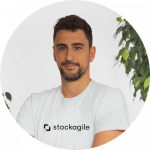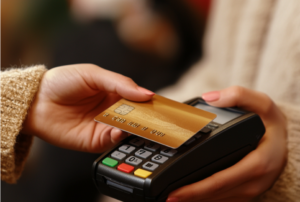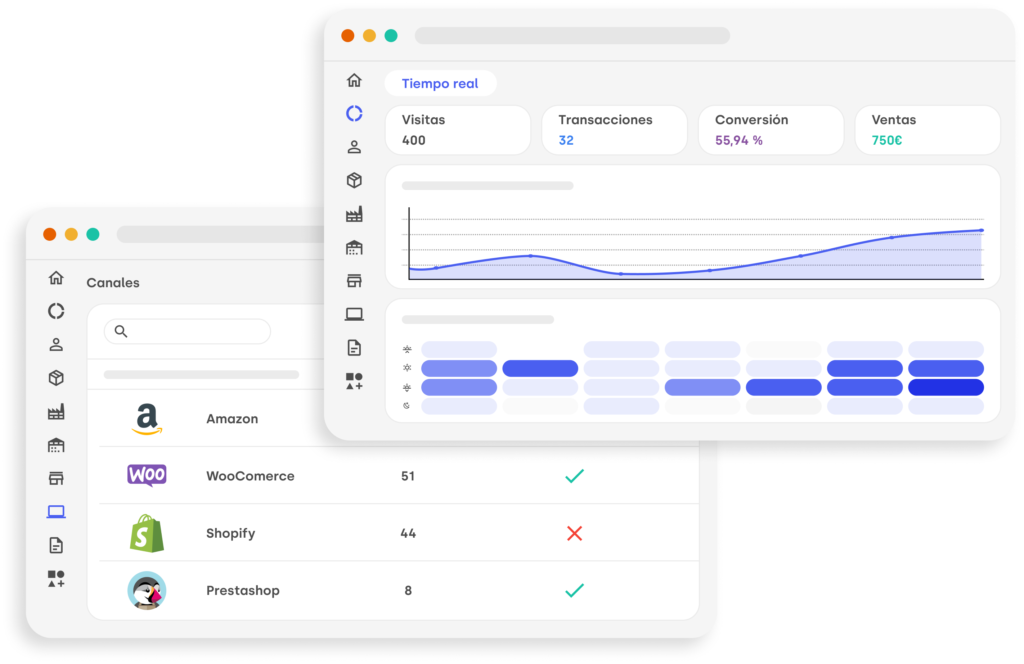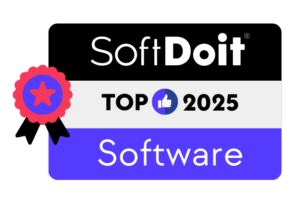¿Eres emprendedor y te gustaría crear tu propio negocio? en StockAgile te mostramos como realizar un Business Model Canvas para perfilar tu modelo de negocio.
BMC es una herramienta para analizar, diseñar y crear modelos de negocio, recoge diferentes hipótesis sobre la idea de negocio. Es un complemento al Plan de Empresa ordinario, su objetivo es crear, desarrollar y capturar valor.
Sus principales ventajas son:
- Flexible
- Visual
- Visión global organización
- Fácil entender
- Cocreación
- Prototipado
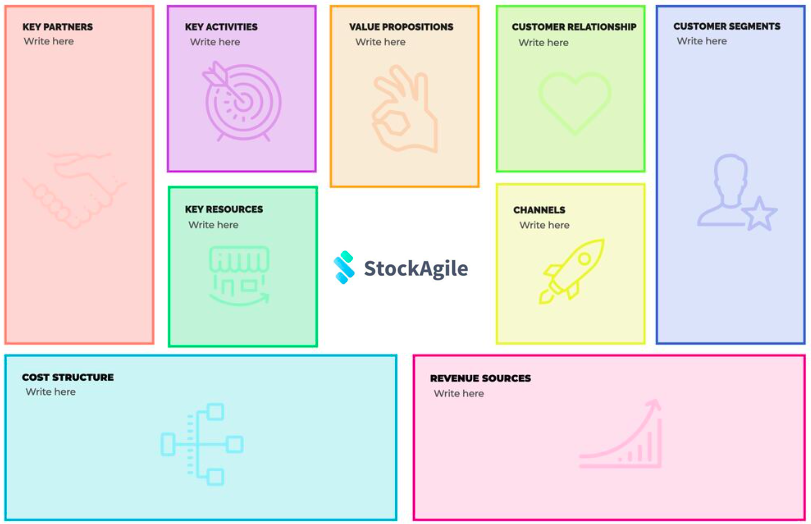
Para entender con más facilidad cada paso del Business Model Canvas, vamos a exponer diferentes ejemplos dentro de cada bloque sobre el retail store.
Un ejemplo seria una tienda de ropa al comercio al detalle.
1. Costumer Segments – Segmentos de Clientes
Aquí se recogen los distintos grupos de personas u organizaciones para los que nuestro modelo de negocio crea valor.
Tipos de Segmentos de Clientes:
– Mercado de masas
– Nicho de mercado
– Mercado segmentado
– Mercado diversificado
– Mercados multilaterales
Retail Ropa: entre 25 y 50 años de edad, nivel socio-económico alto, digitalización del comercio, producto para grandes eventos.
2. Value Propositions – Propuesta de Valor
Las necesidades o los problemas de clientes que satisfacemos mediante la propuesta de valor. Es aquello que te hace diferente de la competencia y por lo que tu cliente está dispuesto a pagarte.
Algunos tipos de propuesta de valor:
- Novedad
- Mejora del rendimiento
- Personalización
- Diseño
- Marca y estatus
- Precio
- Reducción de costes
- Reducción de riesgos
- Accesibilidad
- Comodidad/utilidad
Retail Ropa: servicio al cliente a medida y producto exclusivo.
3. Channels – Canales
Cómo la empresa se comunica con los diferentes segmentos de mercado para llegar a ellos y proporcionarles una propuesta de valor.
Algunos tipos de canales:
- Fuerza de ventas (equipo comercial) / Web
- Tiendas propias
- Tiendas asociadas
- Mayorista
Fases de canal:
- Información
- Evaluación
- Compra
- Entrega
- Evaluación
- Posventa
Retail Ropa: la empresa se comunica a través de Instagram y email.
4. Costumer Relationship – Relación con los Clientes
En este módulo del Business Model Canvas recogeremos los distintos tipos de relación que mantengamos con nuestros clientes. Podemos tener una relación distinta para cada segmento de cliente.
Tipos de relaciones con clientes:
- Asistencia personalizada
- Asistencia personal exclusiva
- Autoservicio
- Servicios automáticos
- Comunidades
- Creación colectiva
Retail Ropa: Confianza y seguridad con el cliente y permitir financiar las prendas de ropa que compran los clientes.
5. Revenue Sources – Fuentes de Ingresos
El flujo de caja que la empresa conseguirá de cada segmento de cliente. Aunque probablemente tu negocio y modelo irán evolucionando y podrían cambiar.
Posibles fuentes de Ingresos:
- Venta de activos
- Cuota por uso
- Cuota de suscripción
- Préstamo/alquiler
- Concesión de licencias
- Comisión/corretaje
- Publicidad
Retail Ropa: los pagos mensuales de los clientes con productos financiados y las ventas online y físicas.
6. Key Resources – Recursos Clave
Los activos más importantes para que un negocio funcione. Mayores o menores recursos requerirán de mayores o menores esfuerzos financieros, intelectuales, de acuerdos con terceros, etc.
Algunos tipos:
- Físicos
- Intelectuales
- Humanos
- Económicos
Retail Ropa: si en la empresa se va a necesitar un almacén propio, bases de datos de los clientes y equipo de ventas experto.
Un recurso clave para muchos retails es el software de StockAgile, que nace con el objetivo de digitalizar y profesionalizar las pequeñas y medianas marcas, empresas de venta al por mayor y tiendas.
Esta creado para digitalizar los procesos y optimizar al máximo los recursos de los comercios, permitiendo gestionar sus canales de forma automatizada
7. Key Activities – Actividades Clave
Las acciones más importantes que debe realizar una empresa para crear y ofrecer valor, y hacer que su negocio funcione. Algunos tipos:
- Producción
- Resolución de problemas
- Plataforma web
- …
Retail Ropa: estilista actualizado a la última moda, estudiar las ofertas de la competencia y mantenimiento del eCommerce.
8. Key Partners – Asociaciones clave
En este módulo colocaremos la red de proveedores y socios que posibilitan el funcionamiento del modelo de negocio.
Motivos para establecer alianzas:
- Optimización y economía de escala
- Reducción de riesgos e incertidumbre
- Compra de recursos y actividades
A veces podemos colocar en este módulo como socio a una persona o empresa que realmente debería figurar en el módulo de clientes.
Retail Ropa: los fabricantes que proporcionan la ropa, estilistas, modelos, agentes de entrega etc.
9. Cost Estructure – Estructura de Costes
Costes necesarios para crear y entregar la propuesta de valor, y así generar ingresos. Las compañías a veces basan su modelo según costes, otras según valor.
Algunos tipos de estructura de costes:
- Costes fijos
- Costes variables
- Economías de escala
Retail Ropa: los sueldos de los empleados, los impuestos y gastos.
Con estas 9 columnas se conseguiría realizar el modelo de negocio basado en quién es el cliente, su necesidad o problema y cuál va a ser la propuesta de valor.
Desde StockAgile damos mucha importancia al retail y su digitalización, por este motivo te queremos facilitar más información sobre el TPV y su gran importancia en esta nueva era.

